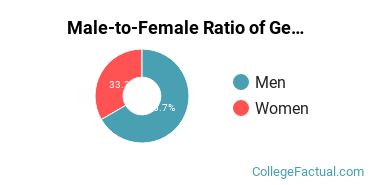 by our College Data Analytics Team
by our College Data Analytics TeamGeneral Applied Mathematics is a concentration offered under the applied mathematics major at University of Colorado Denver/Anschutz Medical Campus. We’ve gathered data and other essential information about the doctor’s degree program in general applied math, such as diversity of students, how many students graduated in recent times, and more.
If there’s something special you’re looking for, you can use one of the links below to find it:
Learn about start dates, transferring credits, availability of financial aid, and more by contacting the universities below.
If you have a knack for mathematics and an interest in learning more, study online to achieve your career goals at Southern New Hampshire University. Our mathematics degree can help you enhance your mathematical abilities, including reasoning and problem-solving in three areas: analysis, algebra and statistics.
BA in Mathematics - Applied Mathematics
Put mathematical concepts to work to solve today's most complex real-world problems by studying applied mathematics with this specialized online bachelor's from Southern New Hampshire University.
In 2019-2020, the average part-time graduate tuition at CU Anschutz was $1,255 per credit hour for out-of-state students. The average for in-state students was $377 per credit hour. The average full-time tuition and fees for graduate students are shown in the table below.
| In State | Out of State | |
|---|---|---|
| Tuition | $6,786 | $22,590 |
| Fees | $1,325 | $1,325 |
CU Anschutz does not offer an online option for its general applied math doctor’s degree program at this time. To see if the school offers distance learning options in other areas, visit the CU Anschutz Online Learning page.
Of the students who received their doctor’s degree in general applied math in 2019-2020, 40.0% of them were women. This is higher than the nationwide number of 31.8%.

Of those students who received a doctor’s degree at CU Anschutz in general applied math at 2019-2020, none were racial-ethnic minorities*.

| Race/Ethnicity | Number of Students |
|---|---|
| Asian | 0 |
| Black or African American | 0 |
| Hispanic or Latino | 0 |
| Native American or Alaska Native | 0 |
| Native Hawaiian or Pacific Islander | 0 |
| White | 3 |
| International Students | 2 |
| Other Races/Ethnicities | 0 |
*The racial-ethnic minorities count is calculated by taking the total number of students and subtracting white students, international students, and students whose race/ethnicity was unknown. This number is then divided by the total number of students at the school to obtain the racial-ethnic minorities percentage.
More about our data sources and methodologies.